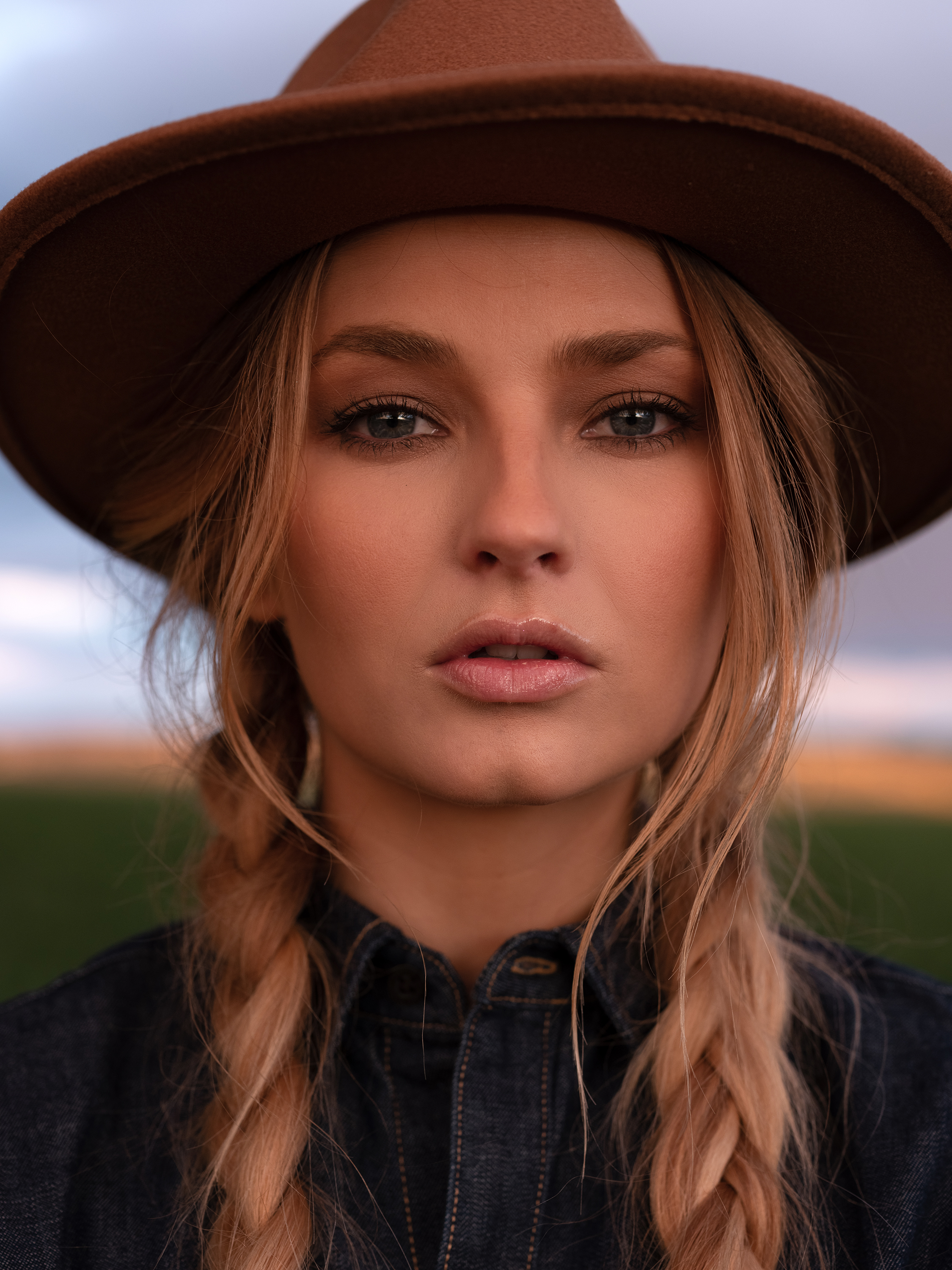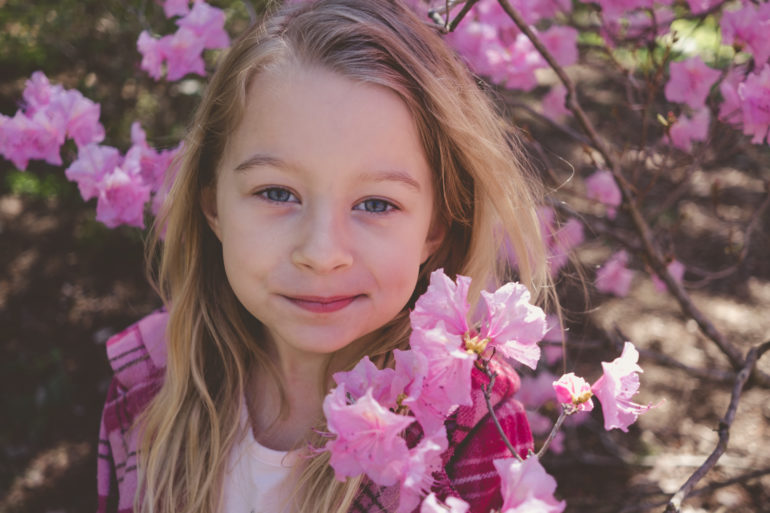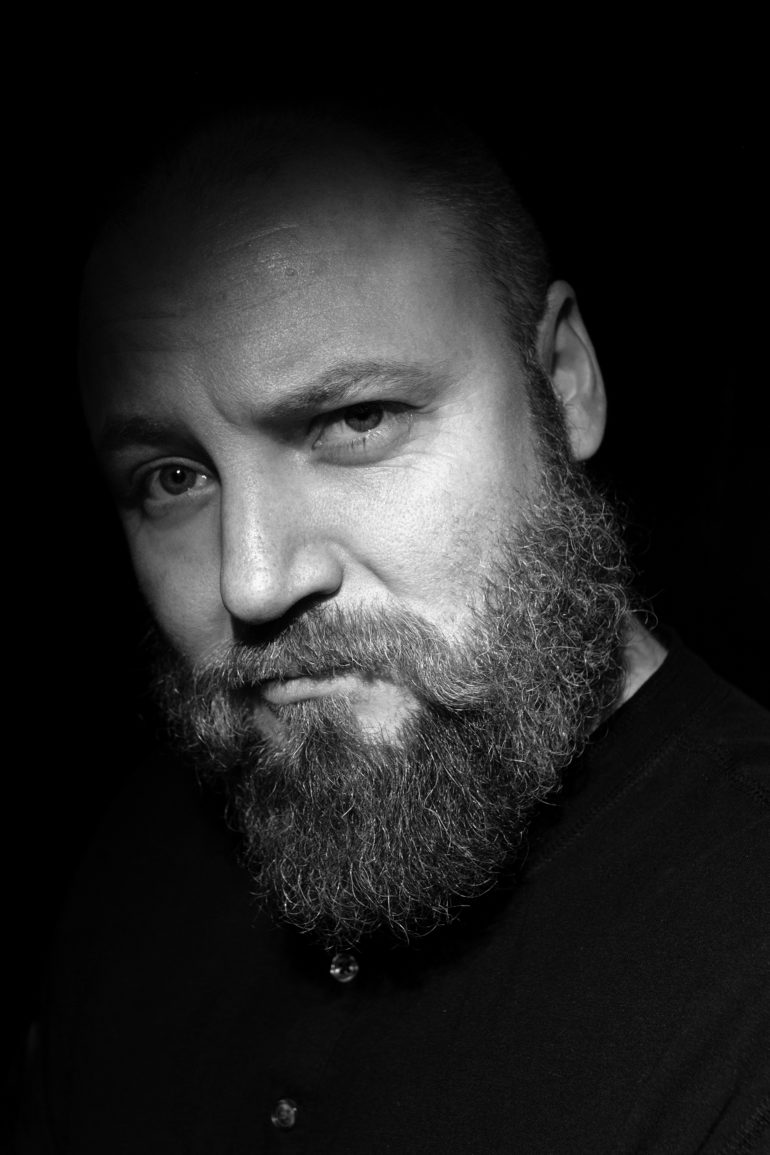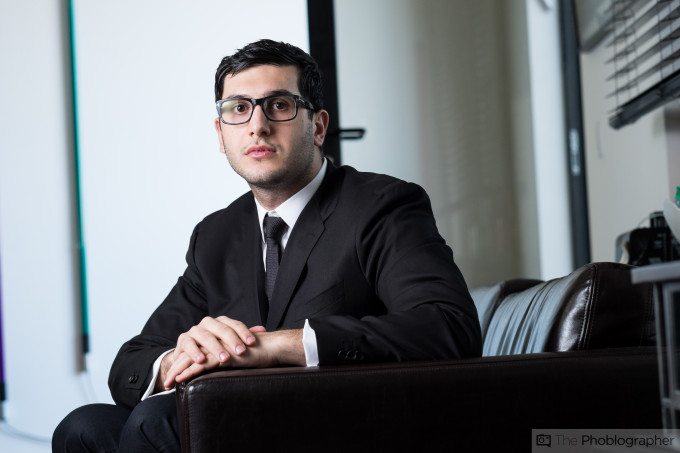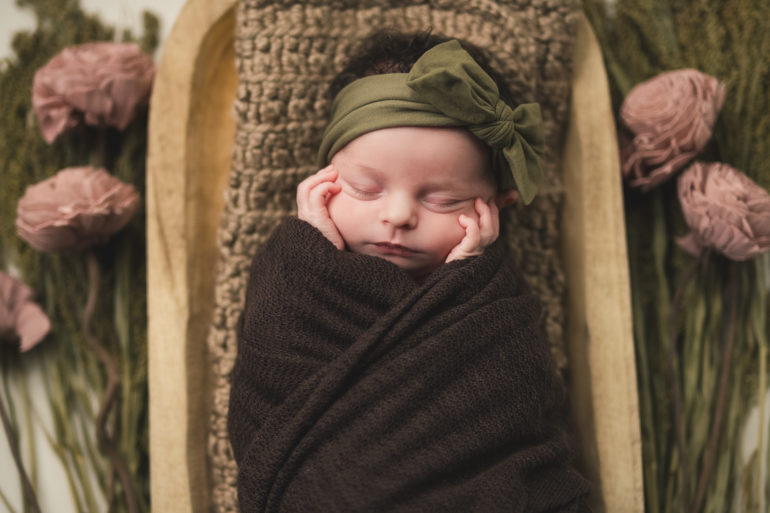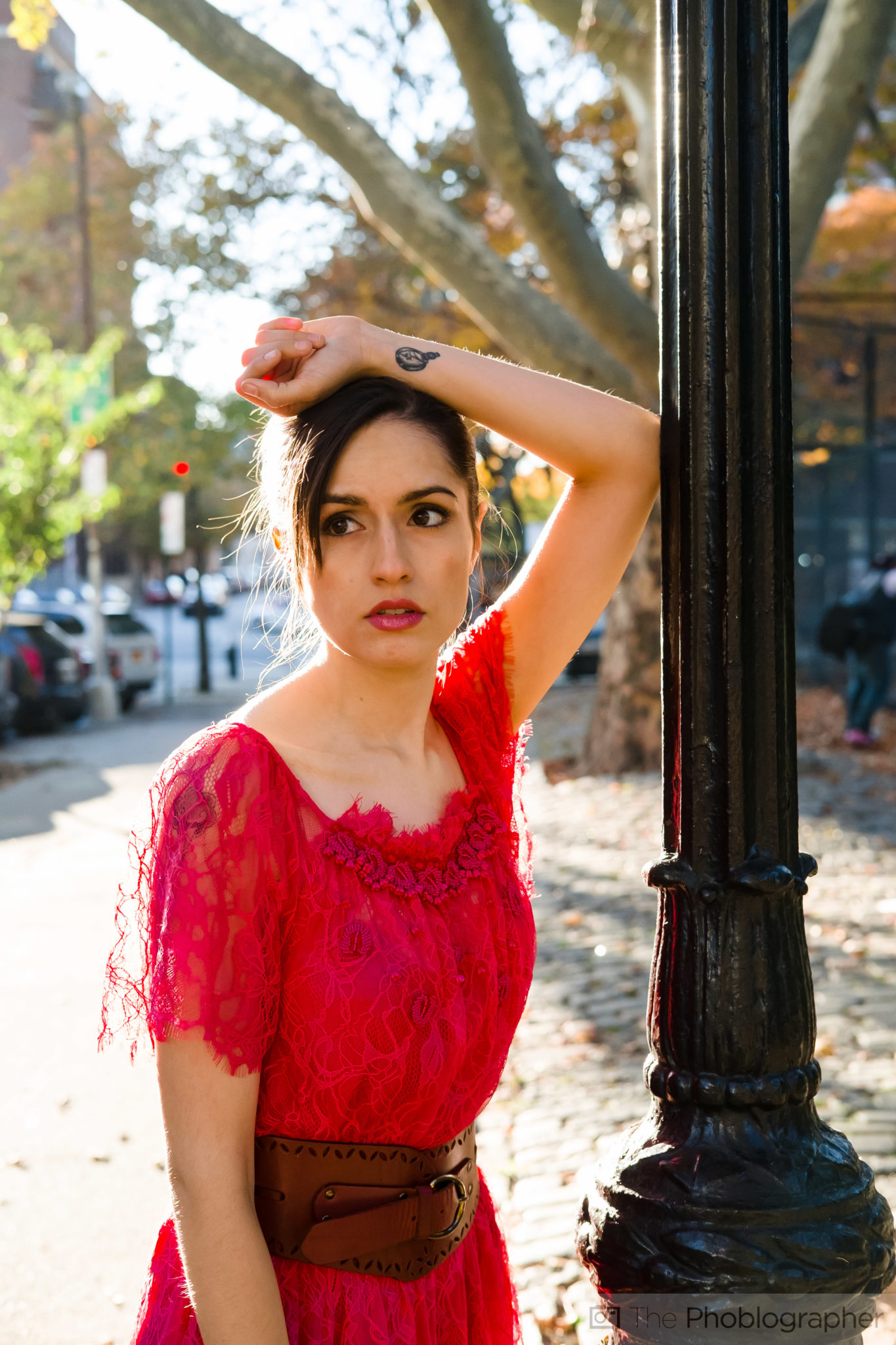There are tons of great camera systems out there. In fact, it’s impossible to shoot with a bad one. But the Fujifilm camera system is truly unique for portraiture. It can be a slower process, but slowing down isn’t always a bad thing. Instead, it can be all about the colors and focusing on getting the best photos. So. we’re sharing a few tips on doing all this and more. Find out how to shoot better portraits with your Fujifilm camera right after the jump.
View this article with minimal banner ads in our app for iOS, iPad, and Android. Get no banner ads for $24.99/year.
Table of Contents
Why Choose Fujifilm Cameras?
First off, no, this article isn’t sponsored. We’re huge on both categorizing and being transparent on sponsorships. We’re writing this article because it was often being typed into our search bar.
So why choose Fujifilm cameras? They help you stay in the zone and focus on shooting, more-so than other camera systems. More importantly, for many of us on staff here, you don’t need a lot of post-production; lots of the tools are built into the cameras. Generally speaking, we prefer the Fujifilm GFX series for portraits, but there are many ways to shoot better portraits with any Fujifilm camera. A few tips:
- Use skin softening, or some sort of haze filter. Newer Fujifilm cameras have a skin smoothing option which is really nice.
- Embrace the film simulations (more on that later).
- Turn off the clarity setting.
- Be specific about your white balance. Go for warmer tones as they’ll look incredible with the film simulations.
Now let’s be a bit more specific.
No, Seriously, Choose a Film Simulation
The reason why you’re shooting with Fujifilm to begin with isn’t just for those ergonomics, it’s for the image quality. If you’re editing heavily in Lightroom or Capture One, you’re doing it wrong. You’re feeding into a decades-long method the industry has pushed. But with Fujifilm, it can be totally different. The system has these great film simulations, and they keep adding to it. People always ask for more. So embrace them; shoot RAW and JPEG, and in Capture One, add them in post-production. Capture One and Fujifilm look really good together.
Everyone on staff has different preferences. Dan and Brittany like Classic Chrome. Hillary loves Astia. I prefer Classic Negative. However, we all agree you can shoot better portraits with Fujifilm cameras by embracing the film simulations.
Eye Autofocus
Use the eye autofocus feature. I’ll be the first to admit it’s far behind what Sony and Canon can do, but it’s still terrific. Instead of using it in continuous autofocus mode, try single-mode and just hammer the shutter after shooting a frame. It’s an older way of shooting, but it works.
Also, make sure your subject’s face is clearly illuminated. Otherwise, it probably won’t detect the face and eye. This will help you shoot better portraits with the Fujifilm camera system.
The Question of Exposure Preview
Lots of photographers really love using the exposure preview mode. But it’s been proven and stated by various camera reps that turning this feature off improves the speed and accuracy of autofocus performance. And if you’re using flash or off-camera lighting, it’s pretty useless. I’ll use it for natural light if there’s abundant lighting. But otherwise, turning it off can help you shoot better portraits with a Fujifilm camera. It will force you to plan ahead and think more about your shots.
Exposure Compensation and Aperture Priority
Lastly, don’t sleep on the aperture priority with exposure compensation mode. With film, you’d often give your exposure about a stop more light. Use this on your Fujifilm camera in conjunction with the Dynamic Range Optimization feature. It will help you get details you need and cut down on editing.
My preference is Classic Negative mode and +1 exposure compensation.


